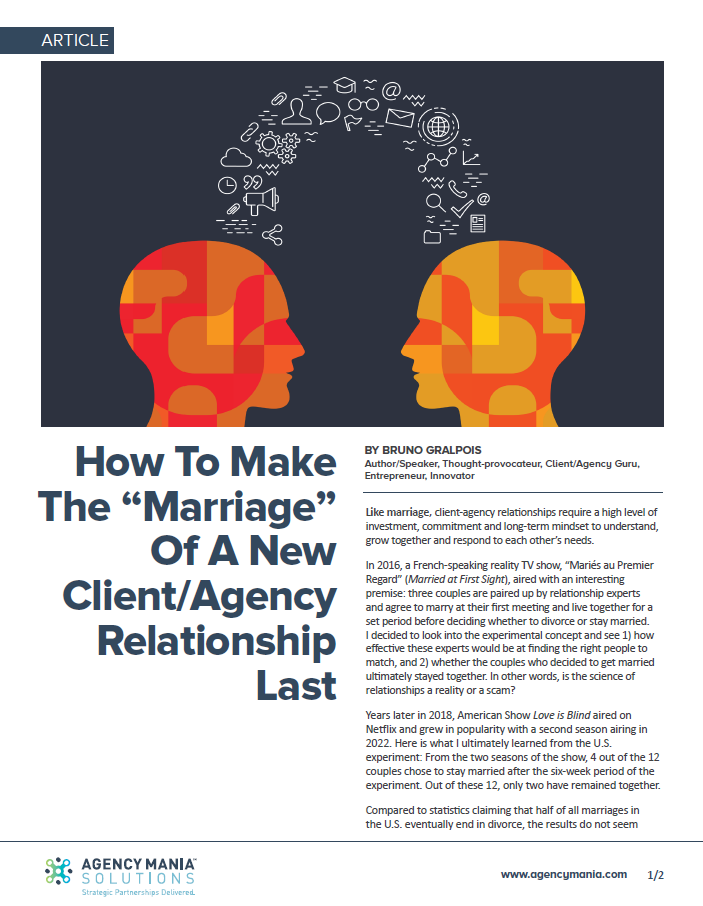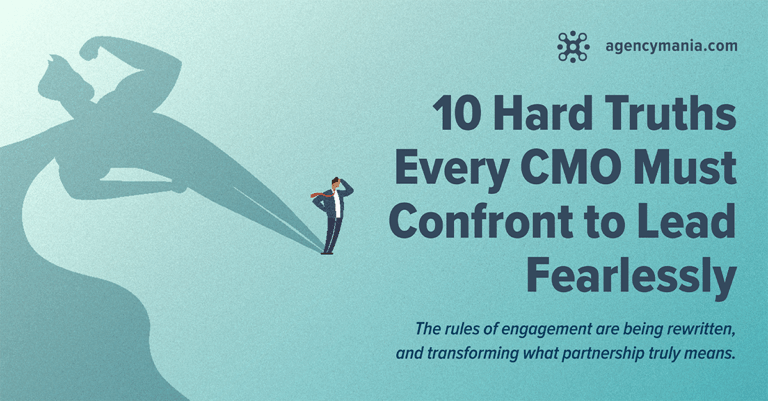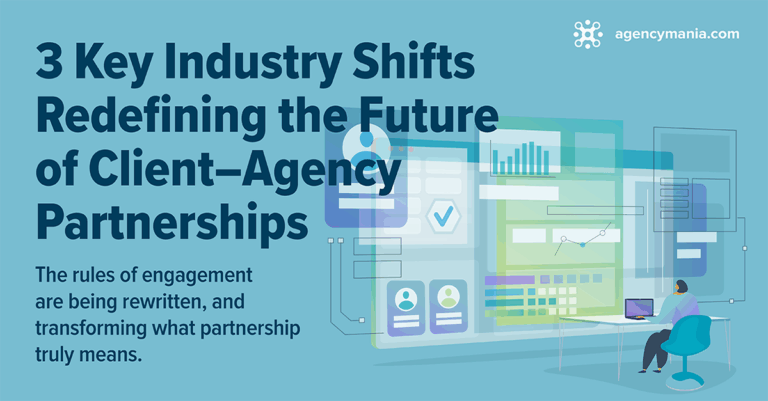Like marriage, client-agency relationships require a high level of investment, commitment and long-term mindset to understand, grow together and respond to each other’s needs.
In 2016, a French-speaking reality TV show, “Mariés au Premier Regard” (Married at First Sight), aired with an interesting premise: three couples are paired up by relationship experts and agree to marry at their first meeting and live together for a set period before deciding whether to divorce or stay married. I decided to look into the experimental concept and see 1) how effective these experts would be at finding the right people to match, and 2) whether the couples who decided to get married ultimately stayed together. In other words, is the science of relationships a reality or a scam?
Years later in 2018, American Show Love is Blind aired on Netflix and grew in popularity with a second season airing in 2022. Here is what I ultimately learned from the U.S. experiment: From the two seasons of the show, 4 out of the 12 couples chose to stay married after the six-week period of the experiment. Out of these 12, only two have remained together.
Compared to statistics claiming that half of all marriages in the U.S. eventually end in divorce, the results do not seem overwhelmingly positive at first glance. But given that each of these individuals effectively marry a near stranger, one could have expected a significantly lower marriage success rate and a much higher divorce rate than the results indicate.
Social experiments like these TV programs, and formal experiments like The Sweaty T-Shirt performed by Swiss biological researcher Claus Wedekind, give some fascinating insights into the science of interpersonal relationships. But can we transfer these findings to the world of advertising, brands and agencies? Is it possible to predict the likelihood of two partners—in this case, clients and agencies—coming together to realize greatness and build a lasting relationship?
Based on my experience with performing client/agency evaluations, I believe it is possible for companies to find the right partnerships in the first place and, perhaps more importantly, ensure that these partnerships flourish once established. As in science and physics, there are universal laws that provide the foundation of any purposeful analysis in client/agency relationships and, if applied, can improve them.
But much like marriage, in order to ensure the relationship flourishes, you have to do the work. Here are four steps that, if not followed, can not only decrease the chance of finding the right partner but also put a potentially beneficial partnership in jeopardy.
1. You can’t improve what you don’t measure accurately.
Too many advertisers still rely on rudimentary survey tools or spreadsheets to capture survey data about their relationships with their agencies. It’s hard to conceive that these multi-billion-dollar companies are still using outdated tools and labor-intensive processes. Instead, they should use specialized solutions to accurately measure the various aspects of their partnerships and improve them.
2. Without continuous improvement, collaboration will suffer.
Commit to follow up and take action based on the findings of your client/agency relationship evaluation. The inevitable pressure of the work relationship will weaken performance over time unless both parties are willing to take ownership of the role they play in making the relationship thrive. Don’t waste precious time and resources conducting this type of evaluation unless you are fully committed to leveraging the findings and driving change.
3. Ask the right questions to get meaningful answers.
The French writer and philosopher Voltaire said, “Judge a man [or woman] by his [or her] questions rather than his [or her] answers.” Only then can you identify what actions, if any, should be taken to strengthen the relationship. Questions such as: “What mutual improvements should we make that we believe will have the greatest and most immediate impact on our work relationship?” Or: “What are the greatest roadblocks in our partnership today?”
4. You get out what you put in—nothing more, nothing less.
It won’t surprise you if I tell you that the most successful partnerships can be found among organizations that truly value each other’s contributions. When a party doesn’t feel appreciated or valued, the commitment level is proportionally reduced, and the results speak for themselves. Instead, take the time to acknowledge everyone’s contribution, provide constructive feedback, take accountability and get the work you deserve.
If any of the above laws are broken, the relationship is at risk. The client/agency relationship is too demanding, too complex and under too much pressure to thrive without relying on a regular feedback process to course-correct accordingly. This is how you can use relevant insights to improve your chances of “true love” and turn a new client/agency relationship into a powerful and mutually beneficial force.
Read the published article on Producers & Procurers iQ
Read the published article on Association of National Advertisers
By Bruno Gralpois, Author/Speaker, Thought-provocateur, Client/Agency Guru, Entrepreneur, Innovator
September 13, 2022








